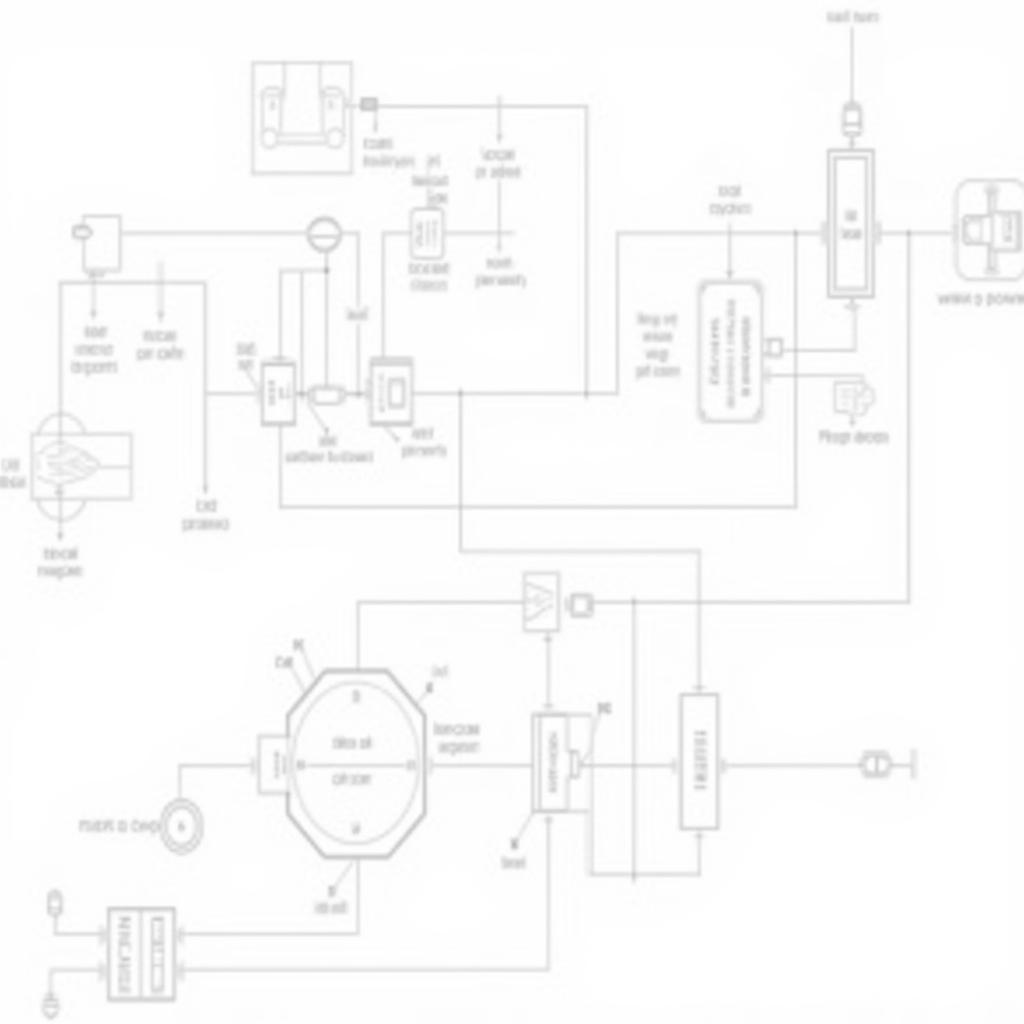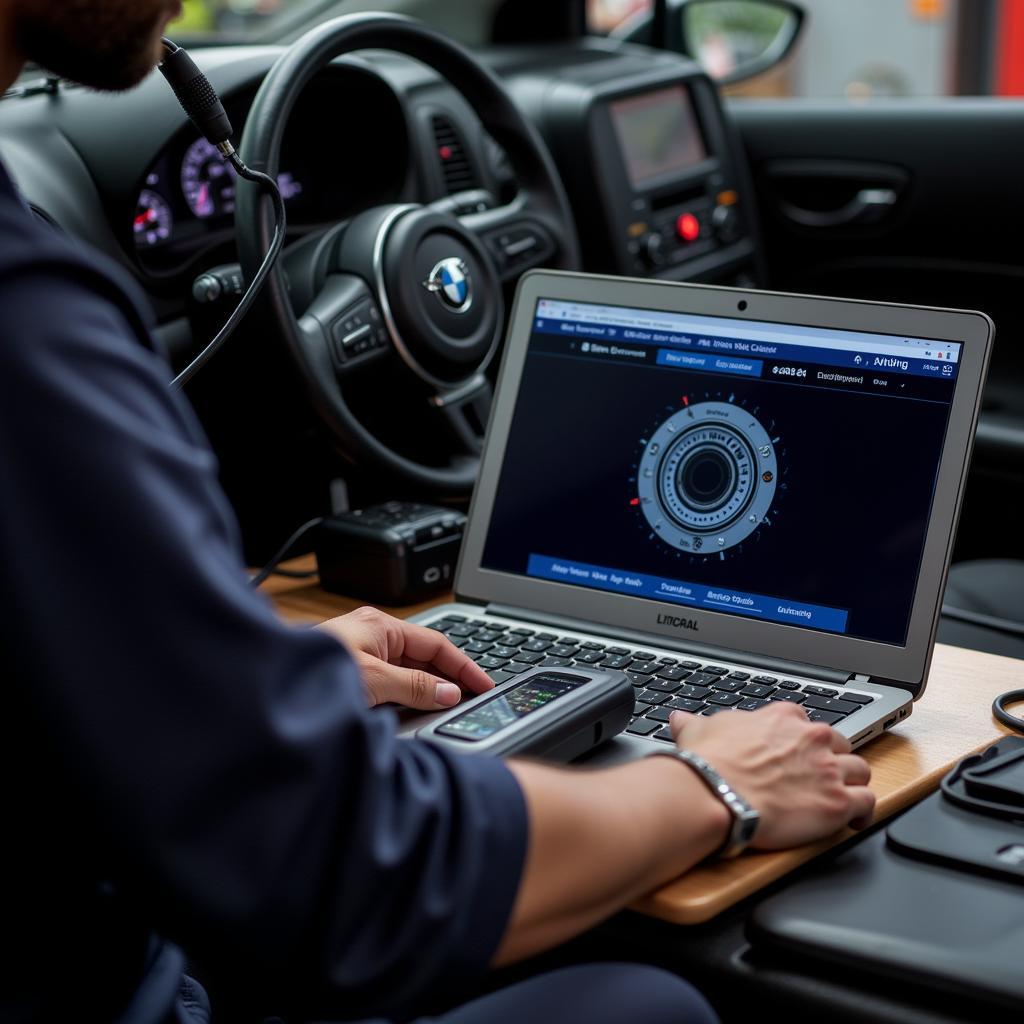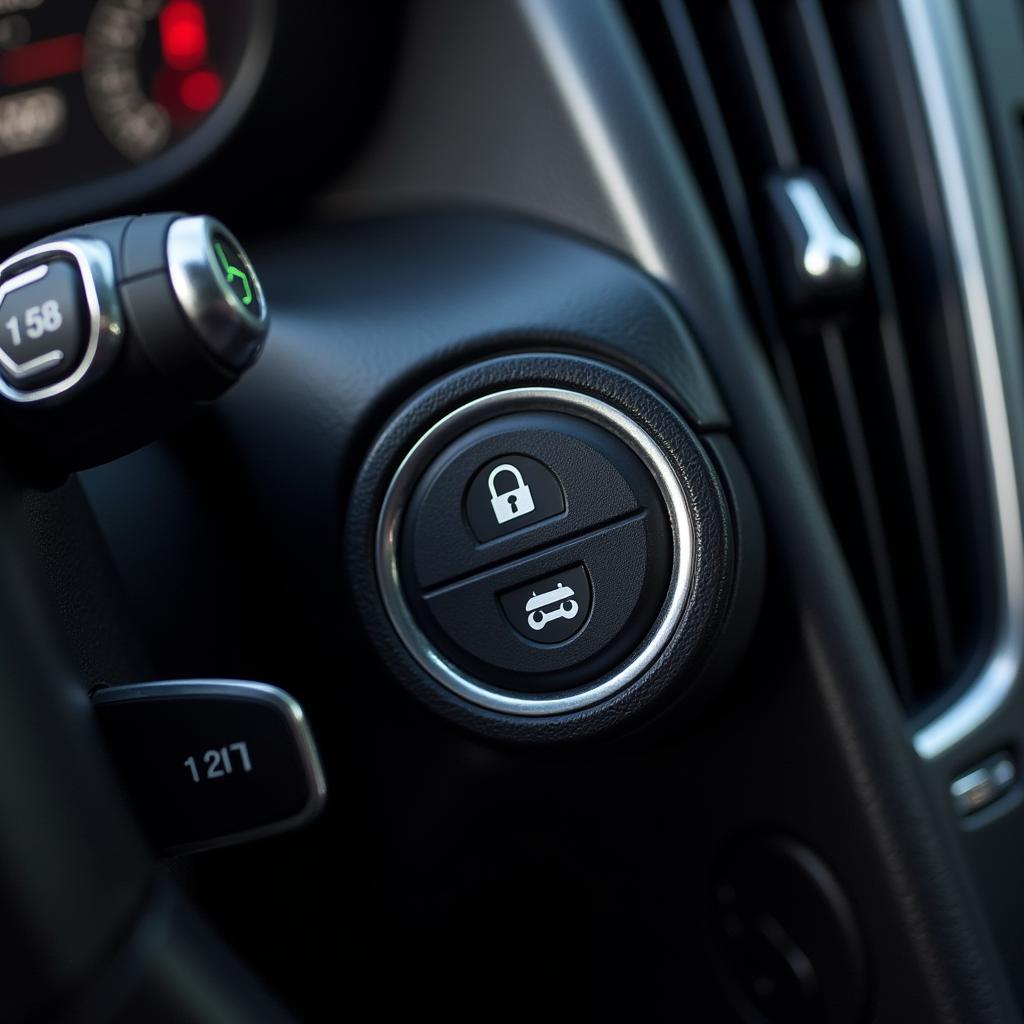The Warner brake clutch is a critical component in many vehicles, responsible for smoothly engaging and disengaging the clutch during gear changes. When it malfunctions, you might experience a range of driving issues, from jerky starts to complete transmission failure. This guide delves into common Warner brake clutch problems, diagnosis, and potential solutions, including the benefits of remote software solutions.
Understanding the Warner Brake Clutch System
 Warner Brake Clutch System Diagram
Warner Brake Clutch System Diagram
The Warner brake clutch system is more than just a mechanical component; it involves a complex interplay of electronics and hydraulics. Here’s a simplified breakdown:
- Electric Clutch: An electromagnet energizes the clutch, allowing torque transmission from the engine to the transmission.
- Brake: This component works in conjunction with the clutch to ensure smooth gear changes.
- Actuator: This electromechanically controlled component modulates the clutch engagement.
- Control Module: The brain of the system, the control module, processes data from various sensors and regulates the actuator to ensure optimal clutch performance.
- Sensors: Input from speed, position, and temperature sensors informs the control module’s decision-making.
A problem in any of these components can trigger a fault in the entire Warner brake clutch system.
Common Warner Brake Clutch Problems and Symptoms
 Common Warner Brake Clutch Problems
Common Warner Brake Clutch Problems
Identifying the specific symptoms you’re experiencing is crucial for efficient diagnosis. Here are some common issues and their associated symptoms:
- Slipping Clutch: You might notice the engine revving without a corresponding increase in vehicle speed, especially under heavy loads or acceleration. This could indicate worn clutch linings or an issue with the actuator’s ability to engage the clutch fully.
- Rough Shifting: Difficulty engaging gears, grinding noises during shifts, or a jerky driving experience, especially at low speeds, can indicate a problem with the brake clutch’s synchronization.
- Clutch Drag: If you have difficulty shifting into gear when the engine is running or experience a lurching sensation when coming to a stop, it could signify that the clutch isn’t disengaging properly. This could be due to a misadjusted clutch, air in the hydraulic system, or a faulty actuator.
- Illuminated Warning Lights: Modern vehicles often have dedicated warning lights for transmission or clutch issues. If you see these lights on your dashboard, it’s crucial to have the system diagnosed immediately.
Diagnosing Warner Brake Clutch Issues
 Diagnostic Tools for Warner Brake Clutch
Diagnostic Tools for Warner Brake Clutch
Accurately diagnosing Warner brake clutch issues requires a systematic approach and often involves the use of specialized diagnostic tools:
- Visual Inspection: Begin by visually inspecting the clutch system for any obvious signs of damage, leaks, or wear and tear. Pay close attention to wiring harnesses, connectors, and the actuator for any physical abnormalities.
- OBD-II Scan: Most modern vehicles are equipped with an OBD-II port. Connecting a scan tool to this port allows you to read diagnostic trouble codes (DTCs) stored in the vehicle’s computer, providing valuable insights into the system’s health and any detected faults.
- Live Data Analysis: Using a scan tool, you can monitor live data streams from various sensors within the Warner brake clutch system. Observing parameters like clutch position, actuator duty cycle, and sensor readings can help pinpoint the root cause of the problem.
- Component Testing: Depending on the initial diagnosis, you might need to test individual components like the actuator, sensors, or the control module to verify their functionality.
Remote Software Solutions: The Future of Warner Brake Clutch Repair
While traditional diagnostic and repair methods are still prevalent, the automotive industry is rapidly moving towards remote software solutions. These offer significant advantages in diagnosing and addressing Warner brake clutch issues:
- Remote Diagnostics: Specialized software allows technicians to remotely access your vehicle’s computer systems, often wirelessly, to retrieve diagnostic data, analyze system performance, and identify the root cause of problems.
- Software Updates and Recalibration: In many cases, Warner brake clutch issues can be resolved remotely through software updates or recalibrations. Technicians can upload new software versions or adjust system parameters wirelessly, eliminating the need for physical visits in many instances.
- Reduced Downtime and Convenience: Remote diagnostics and software solutions translate to shorter repair times, as technicians can often diagnose and resolve issues without the need to physically access your vehicle. This is particularly beneficial for fleet operators and individuals who rely heavily on their vehicles.
Conclusion
The Warner brake clutch is a sophisticated system, and troubleshooting its issues requires a methodical approach and a good understanding of its workings. While traditional methods remain relevant, remote software solutions are rapidly changing the landscape of automotive repair.
By leveraging the power of remote diagnostics and software updates, car owners and fleet operators can look forward to quicker, more efficient, and potentially more cost-effective solutions for Warner brake clutch problems in the future.
Don’t ignore warning signs! If you suspect an issue with your Warner brake clutch system, seek professional assistance immediately. Timely diagnosis and repair can prevent further damage, ensure your safety on the road, and potentially save you from costly repairs down the line.
FAQs
- How often should a Warner brake clutch be serviced?
While there’s no set service interval, it’s generally recommended to have the system inspected by a qualified technician at least every 30,000 miles or as part of your vehicle’s regular maintenance schedule.
- Can I drive my vehicle with a faulty Warner brake clutch?
Driving with a faulty Warner brake clutch can be dangerous and potentially cause further damage to your transmission. It’s strongly advised to address the issue immediately.
- Are Warner brake clutch repairs expensive?
The cost of repair can vary widely depending on the nature and severity of the problem, as well as labor costs in your area.
- Where can I find reliable Warner brake clutch parts?
It’s always best to source parts from reputable suppliers or authorized dealers. [Warner clutch brake control] and [Warner electric brake clutch China suppliers] are good starting points.
- Can I install a Warner brake clutch myself?
While possible, Warner brake clutch installations are complex and require specialized tools and knowledge. It’s generally recommended to have the installation performed by a qualified technician.
This concludes our comprehensive guide on Warner brake clutch issues. We hope this information empowers you to make informed decisions regarding your vehicle’s maintenance and repair. Remember, a well-maintained Warner brake clutch contributes significantly to a smoother, safer, and more enjoyable driving experience.


